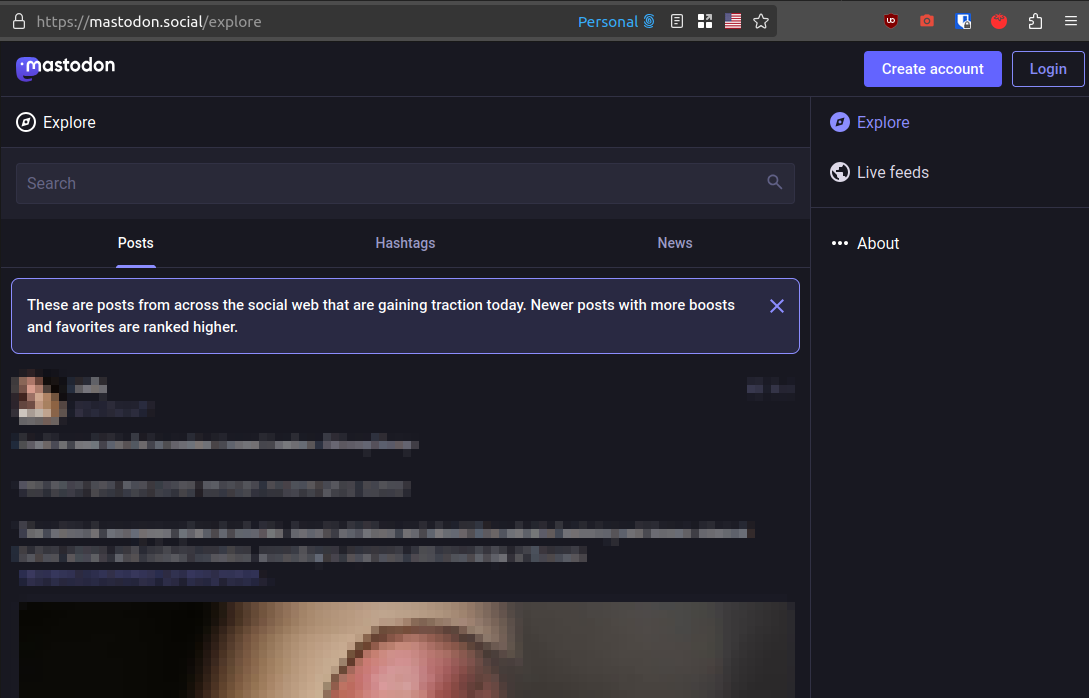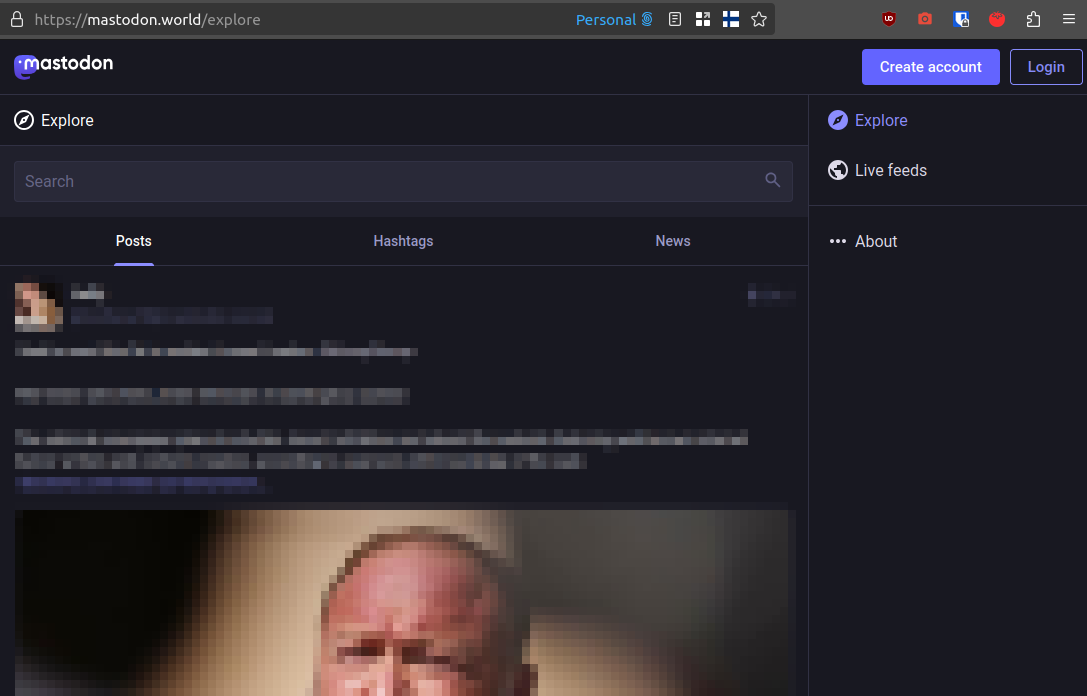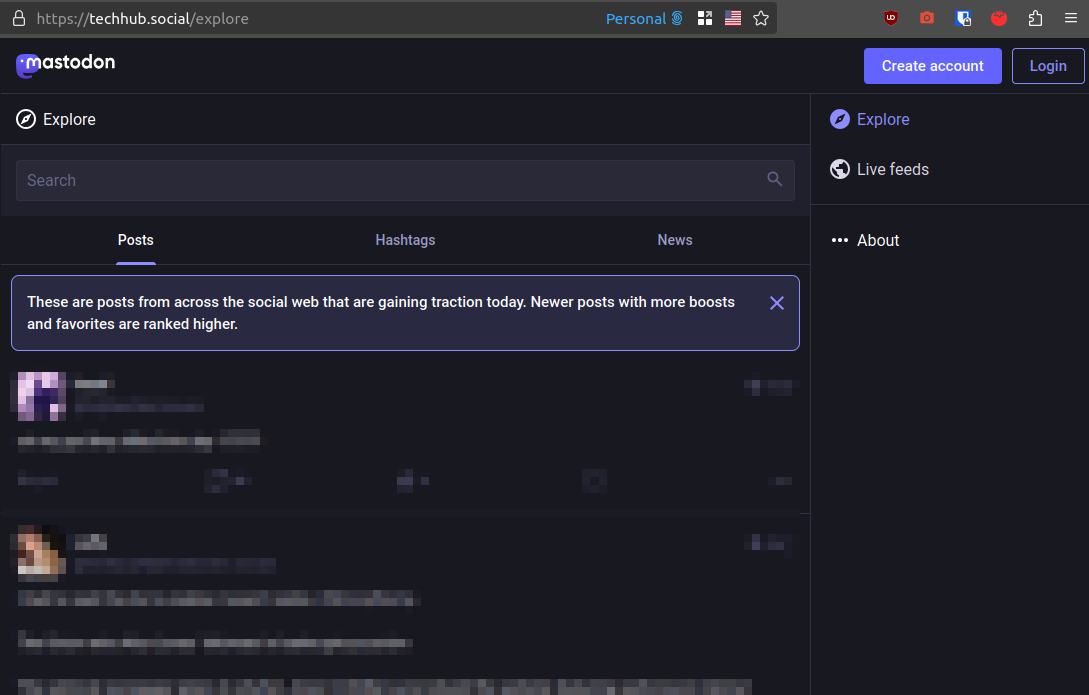“Yes, the USSR performed atrocities, but the fact that the west has as well excuses that.”
I don’t think that’s what Kieselguhr was trying to say.
As I see it, they are simply pointing out that, when ever the USSR does something bad the west are quick to let you know all about it and how EVIL the USSR is, but when the west does something bad or worst, they don’t seem so eager to let you know about it. It’s not that the west did something bad, it’s that they usually don’t tell you anything about it, but at happy to show the atrocities the others have committed.
But I’m not them so I guess we could ask them to clarify.











Crypto-fascists?! The hell did I miss?